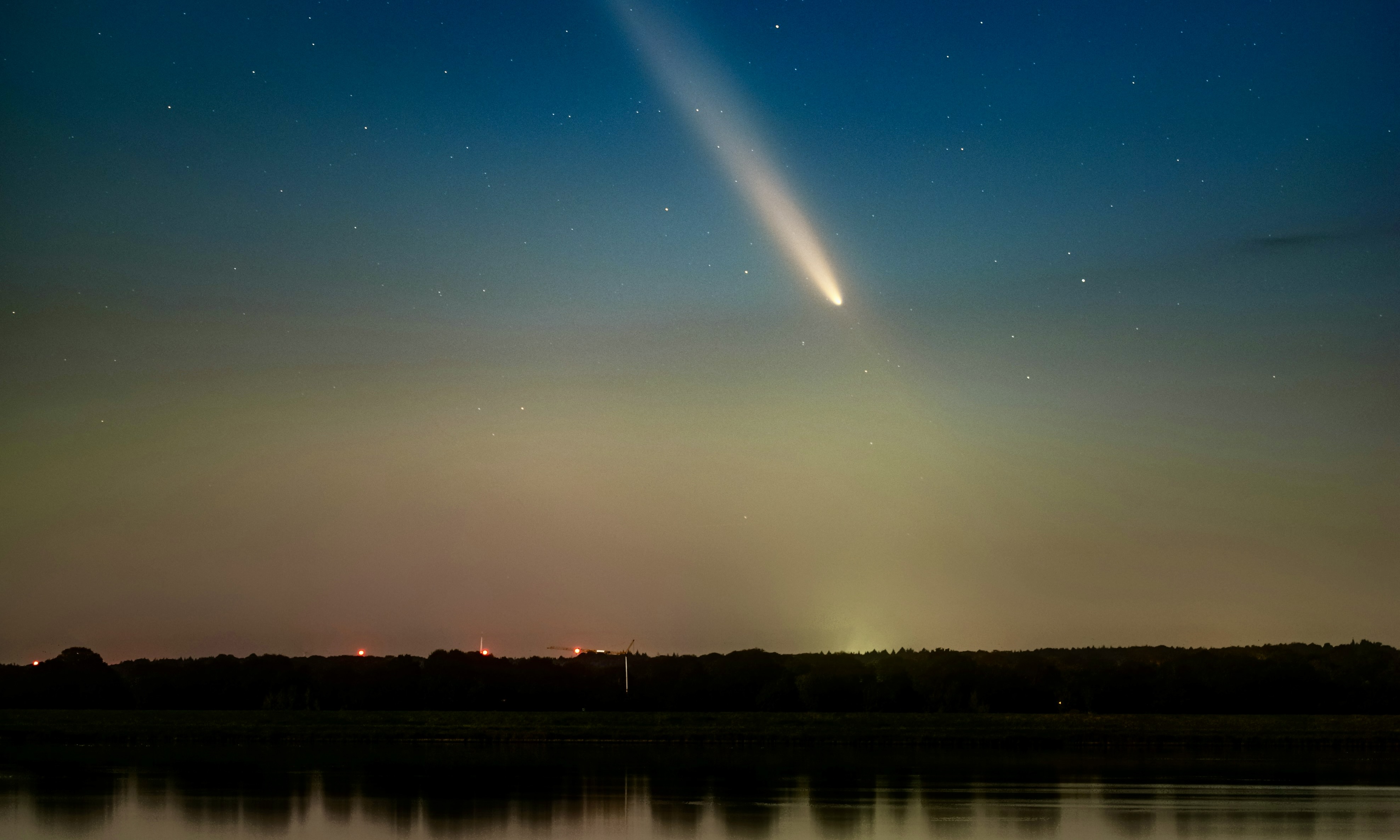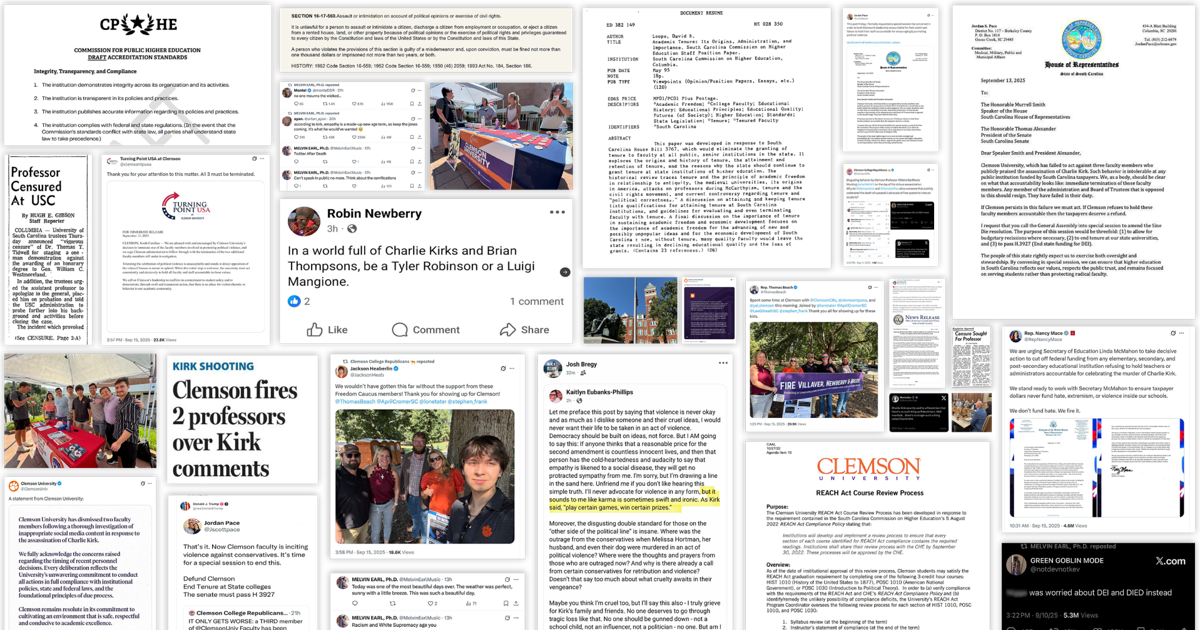Copyright International Business Times

A cosmic collision seems to be on the horizon. An incoming coronal mass ejection (CME) — a massive burst of solar plasma and magnetic field — is hurtling through space, and its calculated trajectory puts it directly on course for Interstellar Comet 3I/ATLAS. The news has triggered an intense and anxious discussion within the scientific community, raising the alarming prospect of a significant celestial event: a potential space disaster. A massive burst of solar energy, known as a coronal mass ejection (CME), has been hurled from the Sun's hidden side and is now directly aimed at the interstellar object 3I/ATLAS. This news comes from geophysicist Stefan Burns, whose series of posts on X (formerly Twitter) hint at an escalating space-weather event that could have significant consequences. Direct Hit: CME Locks on Target In one post, Burns declared, 'BULLSEYE!! Huge CME launched from the Sun's farside DIRECTLY towards 3I/ATLAS, in superior conjunction with the Sun today (10/21/25). ' He followed with commentary: 'As many of you know, I have been forecasting for solar activity exactly like this to occur during this time period of 3I/ATLAS's closest approach to the Sun for months now because of how it's altering the electrodynamics of the inner solar system. Pretty cool to see play out!' Burns asserts the solar event's timing — perfectly coinciding with the comet's route and its alignment with the Sun — suggests this is not a mere coincidence. Comet Defies Expectations Comet 3I/ATLAS is only the third confirmed interstellar object to travel through our solar system, and it has already challenged previous assumptions. Recent research reveals the object contains an unusual amount of carbon dioxide compared to water ice. Furthermore, it remains active far from the Sun, shedding water at a volume described as 'a fire hose' in a paper published 30 Sept. in the Astrophysical Journal Letters. Burns suggests that this unusually intense solar activity occurring as 3I/ATLAS draws closer might speed up or provoke new reactions within the object's surface and the gas cloud surrounding it (the coma). He implies the CME could 'supercharge' the comet's behaviour, potentially providing vital insight into how interstellar matter reacts when subjected to extreme solar influence. Although Burns's posts centre on the comet, he alludes to wider dangers, pointing out that Earth and its nearby space might not be safe. Impacts from solar plasma are already intensifying geomagnetic storms, and Burns cautions that this could lead to a chain reaction affecting satellites, navigation systems, and even geophysical processes. From Fact to Fear: Mixing Science and Guesswork Burns's commentary walks a fine line between confirmed scientific data and unproven predictions. While peer-reviewed studies support the unusual features of 3I/ATLAS and the specific CME occurrence, the implications are currently speculative. For example: 3I/ATLAS appears to possess a carbon dioxide-to-water ratio significantly greater than those observed in comets typical of our Solar System, as reported on arXiv. Water production was detected at a distance further than three astronomical units from the Sun — an outcome that a separate arXiv report deemed astonishing in the field of comet research. The idea, however, that this CME is aimed explicitly at an interstellar visitor — and that it will cause unprecedented results — has not yet been independently verified. Therefore, Burns's statement should be seen as a hypothesis requiring further observation, rather than a definite forecast. What Happens Next: The Observation Checklist Observers and space-weather analysts will be focused on monitoring several key indicators over the coming days: Heightened activity in the comet's gas cloud (coma) or tail, which would signal a potential reaction to the CME impact. Shifts in the solar wind, magnetic-field changes, and aurora activity on Earth, which could indicate the event's indirect influence. Any information gathered by spacecraft or observatories tracking 3I/ATLAS that either confirms or dismisses the specific impact scenario Burns has put forward. A Unique Natural Experiment With this rare alignment of an interstellar visitor and a solar eruption, the cosmos might be setting up a once-in-a-lifetime natural experiment. Whether the situation unfolds exactly as Burns suggests or takes an unforeseen path, the days ahead are sure to provide valuable data for anyone studying our active Sun and its distant, interstellar guest.



